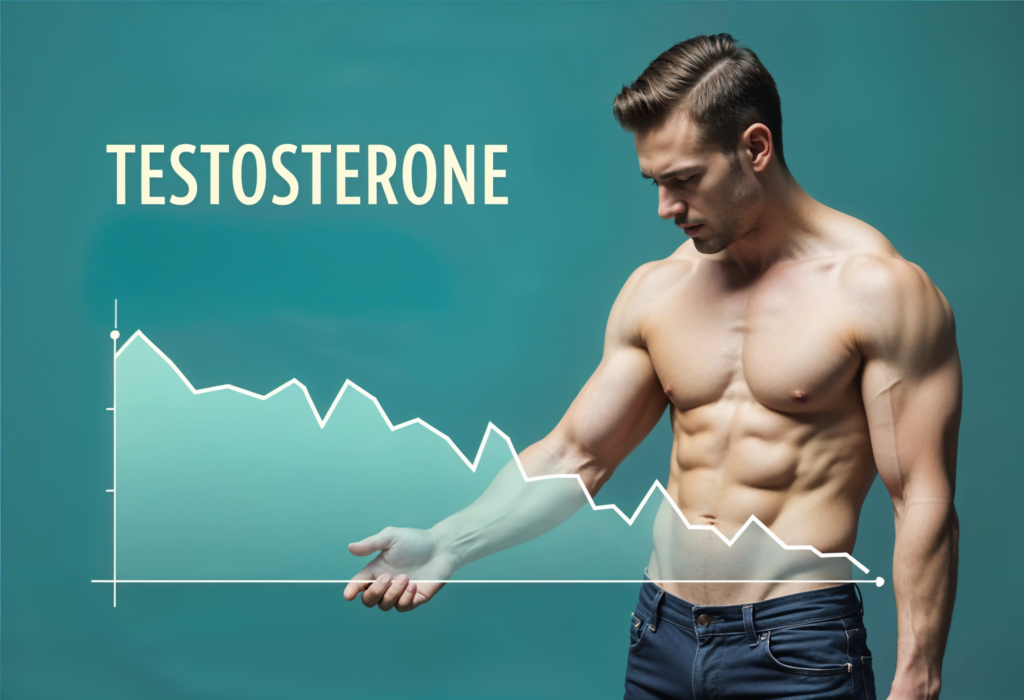What Are Normal Testosterone Levels in Men? How Testosterone Therapy can help?

What Are Normal Testosterone Levels in Men? How Testosterone Therapy can help? Testosterone is often associated with markers of strength, vitality, and masculinity, but much more than that, testosterone plays a critical role in several physiological processes, from sperm production to muscle mass development, energy levels, focus on the mind, and general well-being. Despite its […]
When to Start T Therapy at a Testosterone Therapy Clinic Near Me?

When to Start T Therapy at a Testosterone Therapy Clinic Near Me? What is T therapy? T therapy, more commonly referred to as testosterone therapy, is the treatment process targeting the development of traditionally male physical features while repressing feminine characteristics. Many people who have gender dysphoria administer the hormone to develop masculine characteristics and […]
PCOS Weight Gain: Causes, Management, and Solutions

Polycystic ovary syndrome, or PCOS, is considered a complex disorder that affects millions of women worldwide. It causes irregular menstrual cycles, ovarian cysts, and other higher levels of male hormones, usually leading to significant weight gain, frustrating and often even hard to control. This weight gain is no trivial affair; it carries with it some […]
Testosterone Therapy Clinic Near Me For LT Solution

Testosterone is an essential hormone that occurs in many functions in the body and encompasses muscle mass, emotional balance, energy, and sex for individuals. Although it is most commonly linked with men, testosterone is important for both. If testosterone levels are low, it can dramatically disturb quality of life, causing a range of physical and […]
Worst Foods for Erectile Dysfunction: What to Avoid for Better Sexual Health?

Erectile dysfunction (ED) is a condition that affects millions of men worldwide, making it difficult to achieve or maintain an erection. While various factors contribute to ED, such as diabetes, obesity, and lack of exercise, diet plays a significant role in either exacerbating or alleviating this condition. Understanding the worst foods for erectile dysfunction is […]
Does Tadalafil Increase Testosterone?

For years, medical professionals and men suffering from these problems have been bothered by one question: how testosterone is associated with ED. Because testosterone is one of the most important hormones related to male sexual health, the association of testosterone levels usually connects with sexual performance difficulties, like ED. Does that mean that low doses […]
Do Steroids Cause Erectile Dysfunction?

Steroid intake is increasingly becoming popular with athletes, bodybuilders, and fitness enthusiasts desirous of building muscularly, enhancing endurance power as well as physical aesthetics. Even though anabolic steroids would benefit from these points of view, they hold severe health risks, such as do steroids cause erectile dysfunction. The connection between steroids and ED is well […]
Does Alcohol Make ED Medications Worse?

Does Alcohol Make ED Medications Worse? Erectile dysfunction is a condition known to affect millions of men worldwide-in fact, nearly 30 million men in the United States. While ED drugs, such as sildenafil and tadalafil, have proven to be the cure for many ED-stricken sufferers, lifestyle does play a role at times. One such factor […]
What Happens If You Take Sildenafil and Tadalafil Together?

Erectile dysfunction is an issue that affects millions of men worldwide. In most cases, the use of various drugs such as sildenafil, also commonly referred to as Viagra, and tadalafil, also commonly referred to as Cialis, will also follow because these two medications are highly effective in treating ED, but they have different methods and […]
Is Testosterone Therapy Right for You?

Testosterone is a male hormone that makes it easy for a man to retain muscle, bones, sexual drive, and performance. However, starting in the mid-30s, men actually lose an average of 1. 8% per year. Finally, that drop can result in poor testicular function or a low level of testosterone. This occurrence affects about 1 […]
